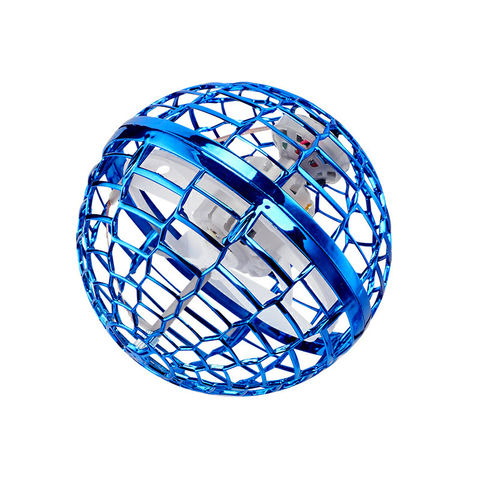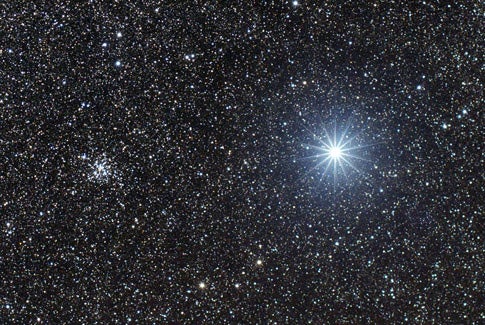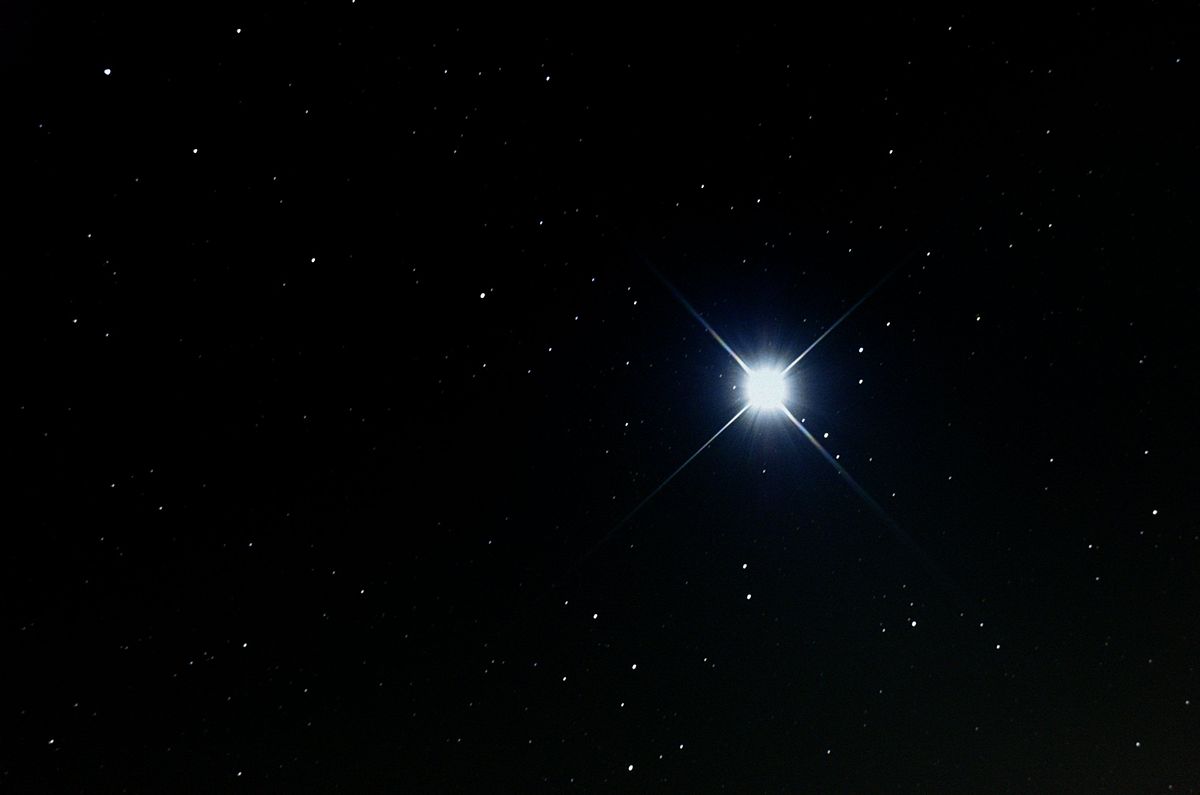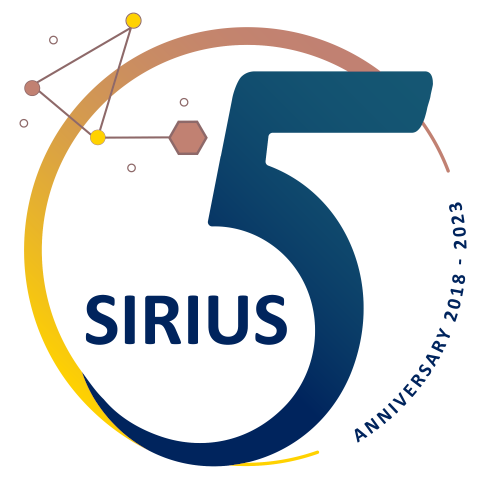- Accueil
- sirius
- Sirius, our brightest star, is orbited by a white dwarf — a dead star's core. Where is the planetary nebula that would have formed when it shed its skin?
Sirius, our brightest star, is orbited by a white dwarf — a dead star's core. Where is the planetary nebula that would have formed when it shed its skin?
4.9 (693) · € 27.50 · En Stock
The brightest star in Earth’s night sky, Sirius, is orbited by a white dwarf — a dead star’s core. This binary companion would have lost its planetary nebula nearly 100 million years ago, leaving nothing to see today.
When the sun dies, will it disappear, become a nebula or both? - Quora
If the star Sirius emits 23 times more energy than the Sun, why does the Sun appear brighter in the sky? - Quora

Bad Astronomy, White dwarf star G117-B15A pulses at amazing regular intervals
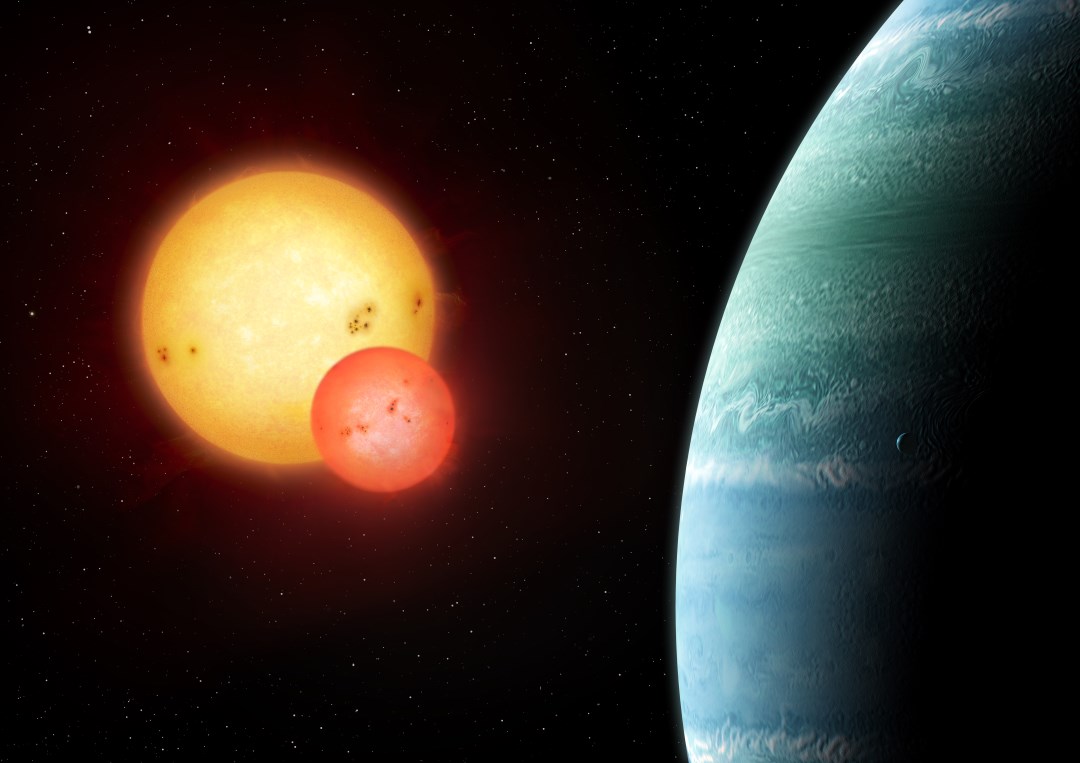
Stars, Page 28 of 61
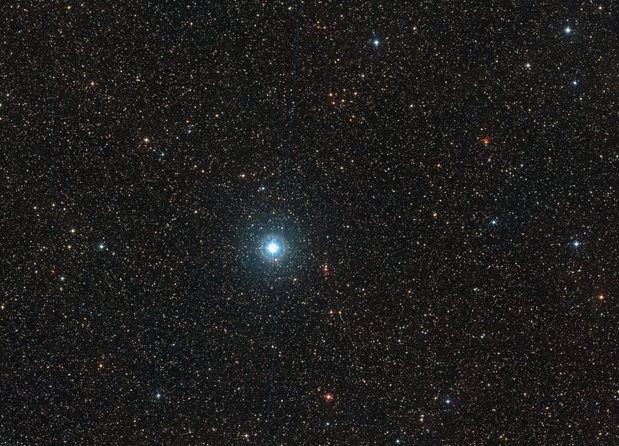
Sirius, our brightest star, is orbited by a white dwarf — a dead star's core. Where is the planetary nebula that would have formed when it shed its skin?
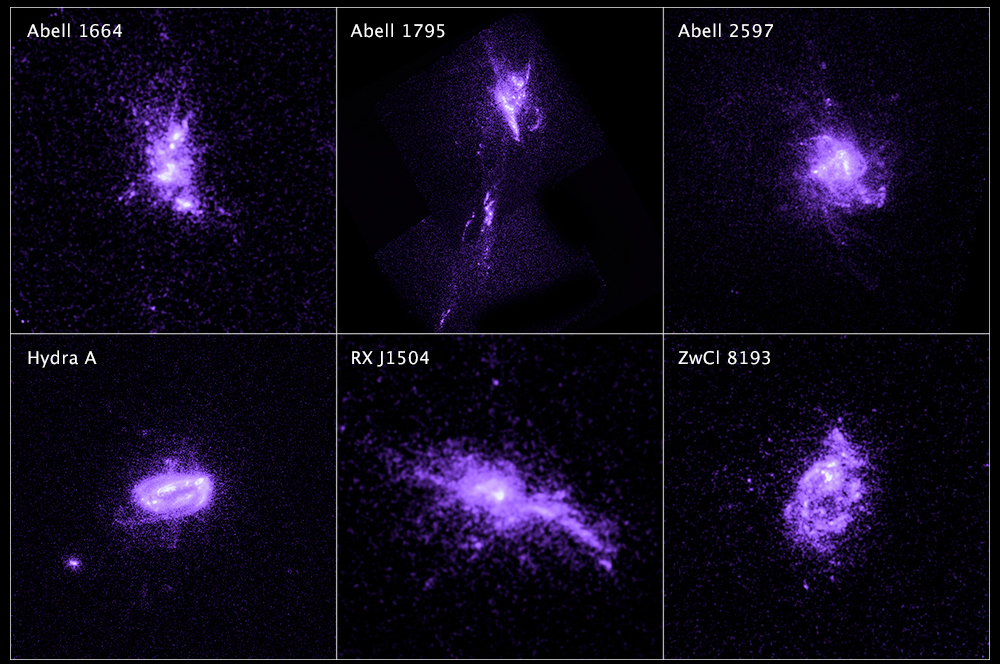
Stars, Page 28 of 61
It's eons from now and our Sun has collapsed into a white dwarf star. What happens after that? What are the kinds of objects it could age into over time? - Quora
Does the degeneration of a white dwarf mean that the star will disappear like smoke? - Quora
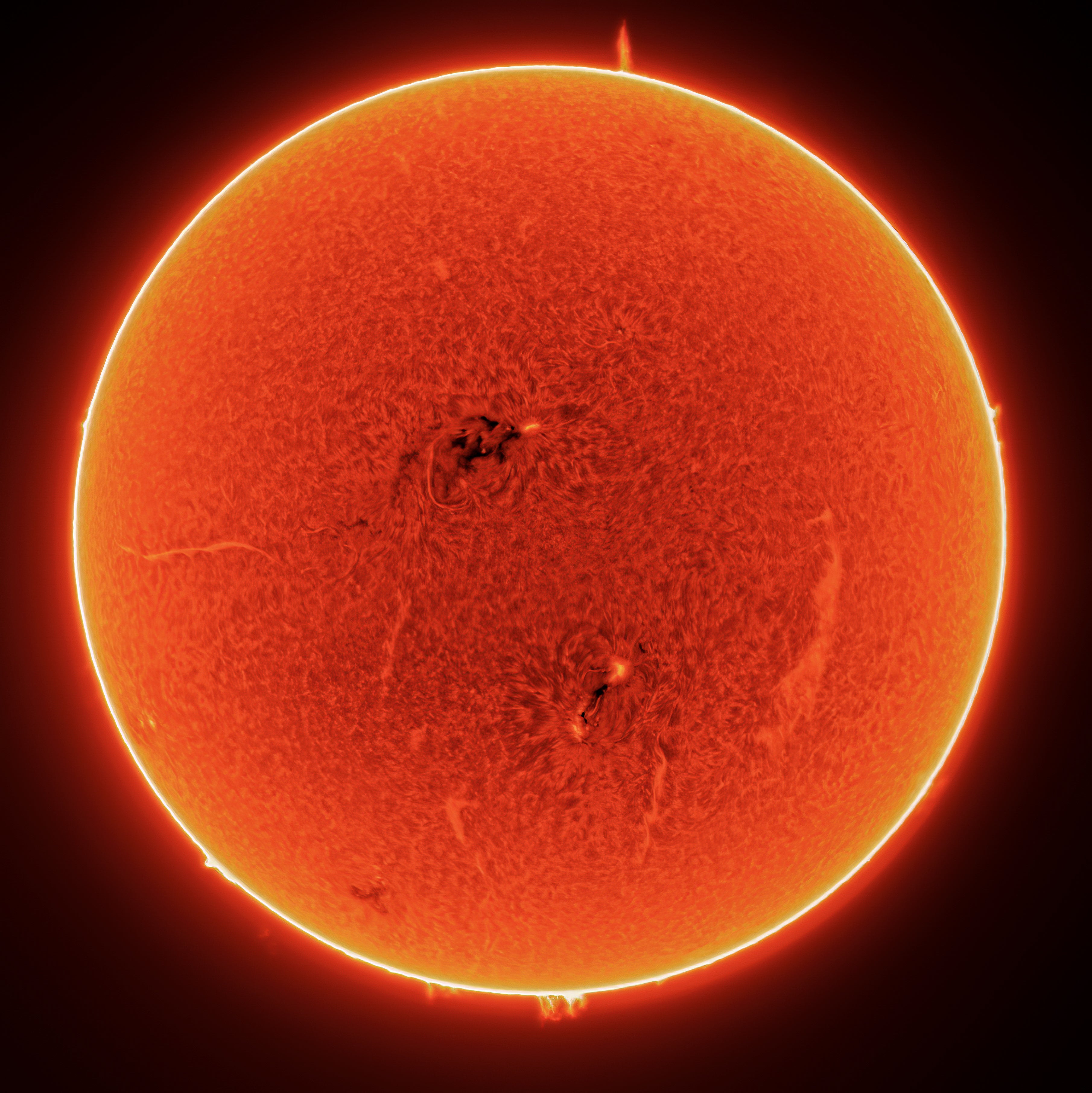
Sirius, our brightest star, is orbited by a white dwarf — a dead star's core. Where is the planetary nebula that would have formed when it shed its skin?

Star Formation
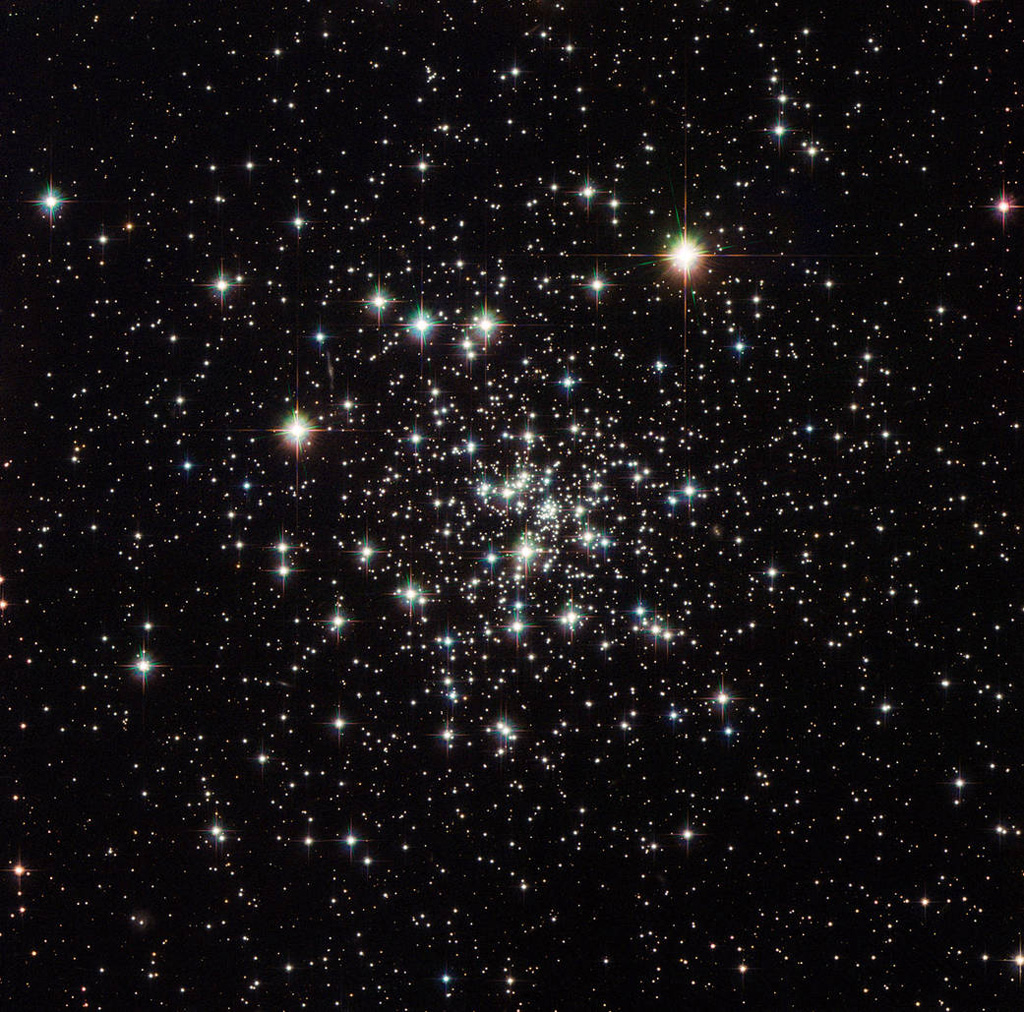
Stars, Page 28 of 61
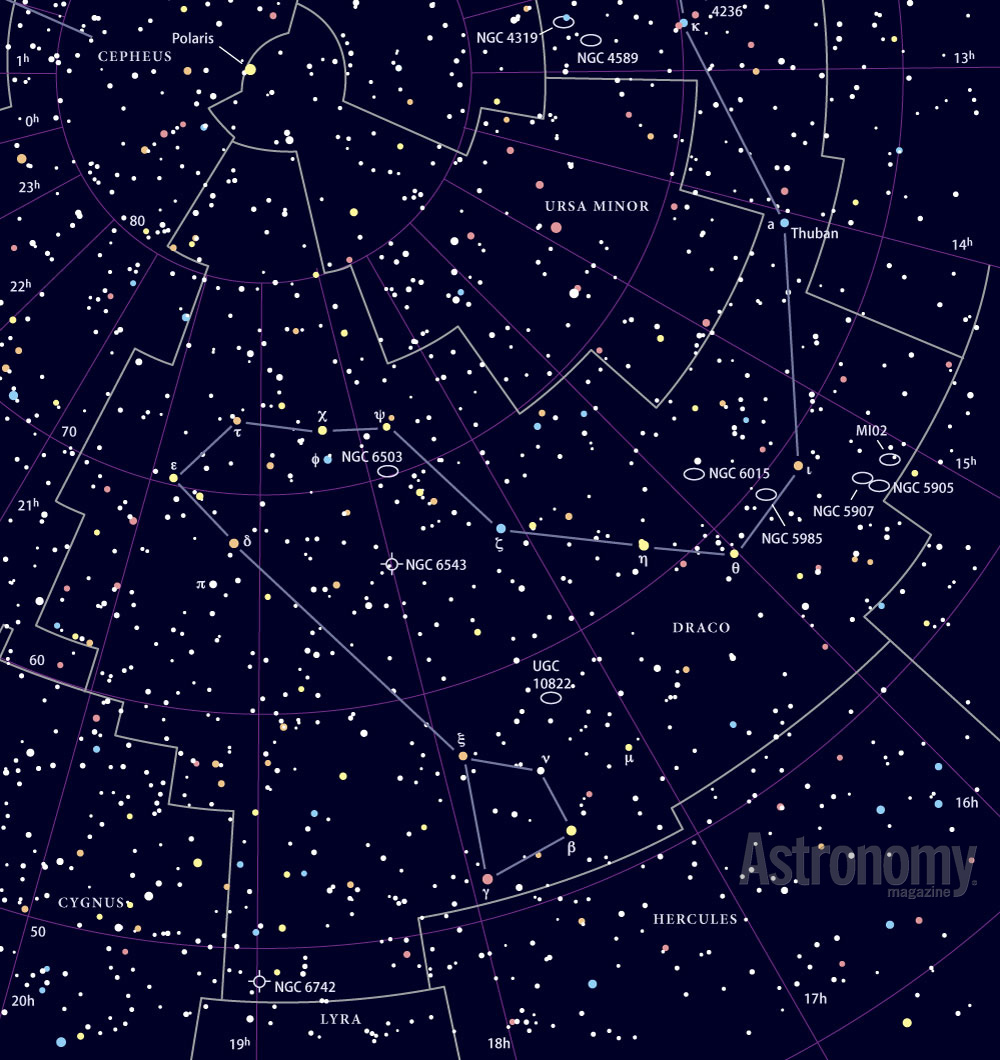
Stars, Page 28 of 61

White Dwarfs & Planetary Nebulae: Crash Course Astronomy #30


